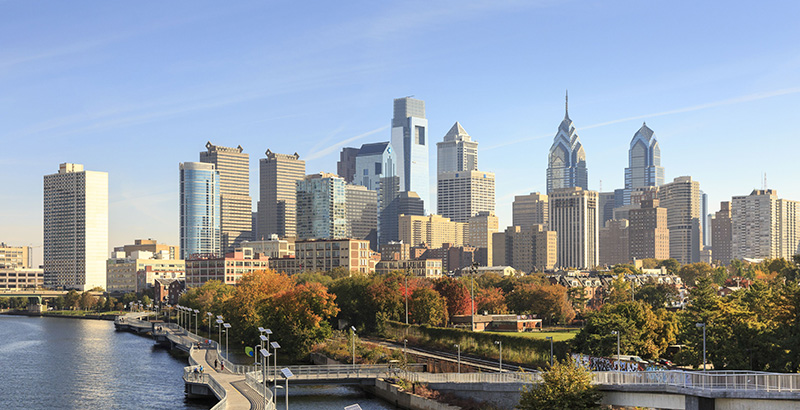4 Ways Philadelphia Can Keep Its Schools Moving in the Right Direction as District Prepares to Retake Local Control

The nominating panel charged with selecting candidates for Philadelphia’s new nine-member school board has received its last application. Now, as the district prepares to retake local control of its schools July 1, the panel’s 13 members must identify the 27 best candidates for Mayor Jim Kenney to choose from. It will be a daunting and exciting task.
The panel’s members were selected because of the work they have done in education and their community, and they represent a range of talents and perspectives. There is clearly little anyone could say that they don’t already know about the state of education in Philadelphia. Still, I would like to propose a few points for them to consider, based on my research of the City of Brotherly Love.
Although there is a lot of work ahead to keep the city’s schools moving in the right direction, I believe this board has a rare and powerful opportunity to hit “reset” on four critical areas:
1 Funding students.
Philadelphia’s fiscal crisis is massive and is clearly the most pressing matter facing schools. Working together with charter school leaders to pressure the state legislature for more money is a strategy that proved successful in 2016, and that collaborative approach should be continued. There are also things that can be done locally. The first priority should be shifting the focus from what money schools need to the resources students need. Superintendent William Hite recently increased support to the neediest schools, but new board members will have the opportunity to lead an overhaul of how the district provides school funding. Instead of relying on a formula that allocates a set number of staff according to the number of students, a student-based formula would determine funding levels based on actual costs within specific schools. This way, schools with the neediest students would receive more money, and funds would follow students. This model has grown in popularity in recent years and has been adopted by cities like Baltimore and Boston.
2 Simplifying enrollment.
Three out of every 10 Philadelphia public schools are schools of choice — a district or charter school that any student can apply to. Children can also enroll in any neighborhood Renaissance or district school, space permitting. Yet families don’t have a single enrollment system that includes all schools of choice, despite an effort in 2013 to adopt one. These unified enrollment systems are a family-friendly way to simplify the enrollment and application process, and they prevent schools and families from unfairly gaming the system. In Washington, D.C., the common application and lottery system provides education leaders with data about what kinds of schools parents want and which families are exercising choice. This is a goal Philadelphia should work toward — and a place where the board can provide leadership.
3 Improving new school siting.
The Philadelphia School District collects and reports data for all public schools, district and charter, with annual reports on proficiency rates, progress, and school climate. This provides needed information about the city’s quality gaps to inform decisions on where new schools or seats are most needed. But the board, district, and charter school community will still need to work together to use that information strategically. Currently, state law prohibits the School Reform Commission from prioritizing neighborhood need in charter school authorizing decisions. (State policymakers should revisit these barriers.) But even absent state leadership, local education leaders can provide incentives for charter operators to fill needed gaps, like stand-alone middle and high schools, or expand in areas that need those models the most. Strategies might also include providing technical assistance to potential operators for opening the most in-demand types of schools. To make sure facilities are available in the areas that most need new, quality options, the board can set a policy that allows charter schools to co-locate in district buildings.
4 Engaging the community.
Return to local control has generated a lot of conversation across the city. The new school board members have an opportunity to demonstrate their commitment to families and community members by involving them in the work of crafting the education strategy. Although both the district central office and the Charter Schools Office have made recent strides in improving engagement with families, parent and community feedback is not yet a regular part of school openings or closures. We recommend that the board reassess community engagement practices around closures, consolidations, restarts, and improvements. And as new board members begin their work, they should reach out to community-based organizations. These voices will provide some of the best information about what the next steps should be. They will also provide critical support to sustain the push for ongoing improvement.
Over the past several years, the city has shown how essential collaboration is in improving the education system. Teachers, leaders, families, and community organizations have been and will continue to be Philadelphia’s greatest resource.
Georgia Heyward is a research analyst at the Center on Reinventing Public Education at the University of Washington, where she leads a study of performance outcomes and system reforms in 18 “high-choice” cities, including Philadelphia.
Get stories like these delivered straight to your inbox. Sign up for The 74 Newsletter

;)